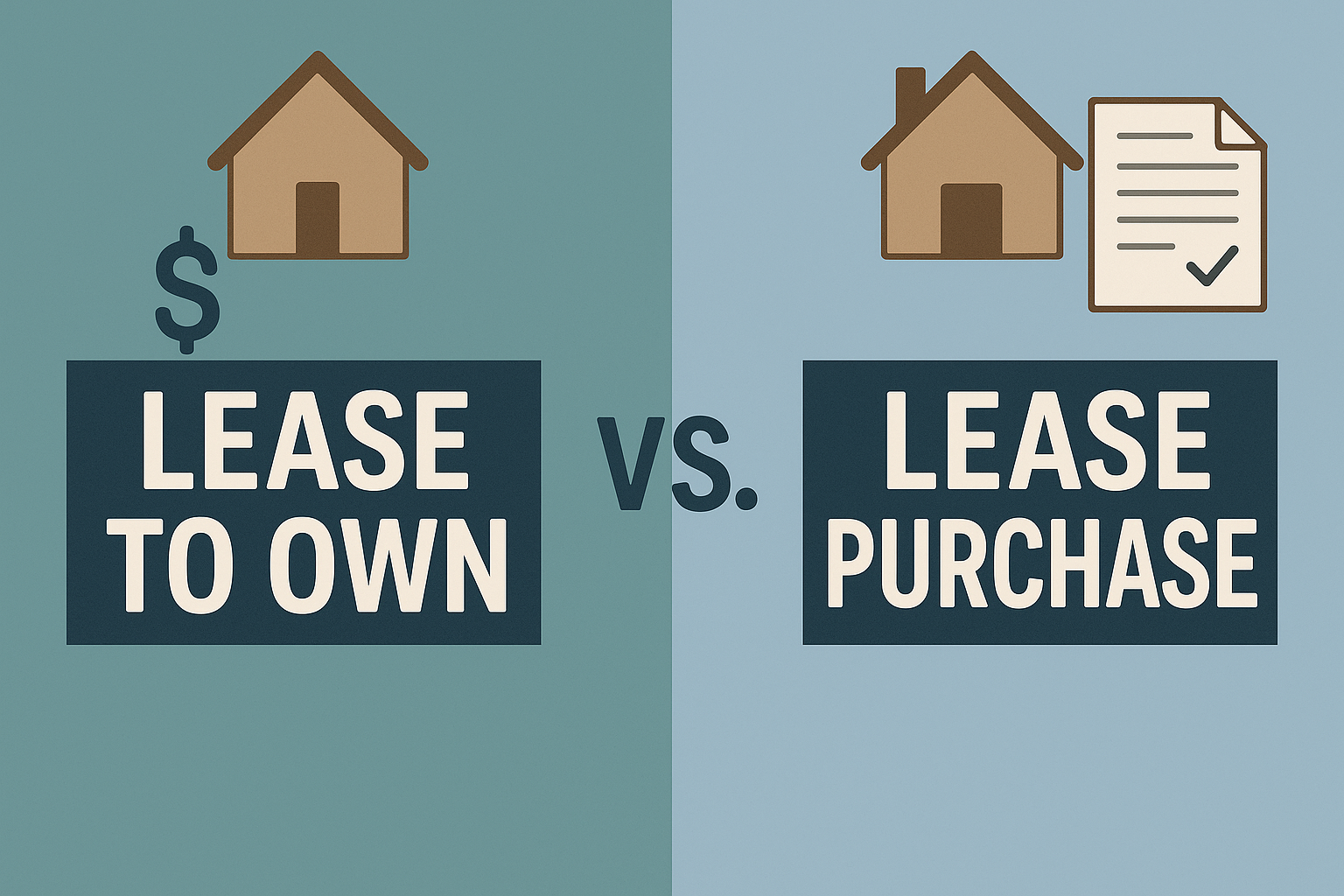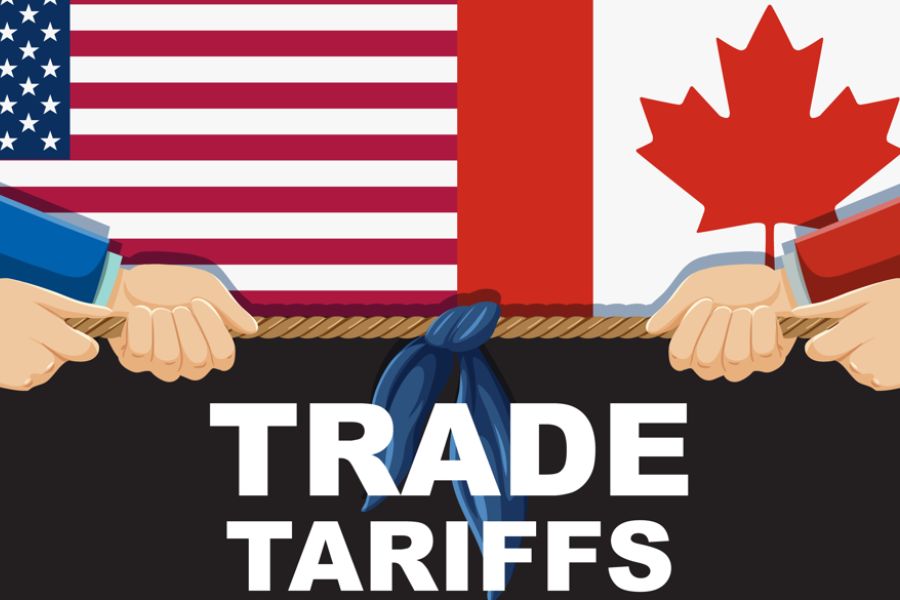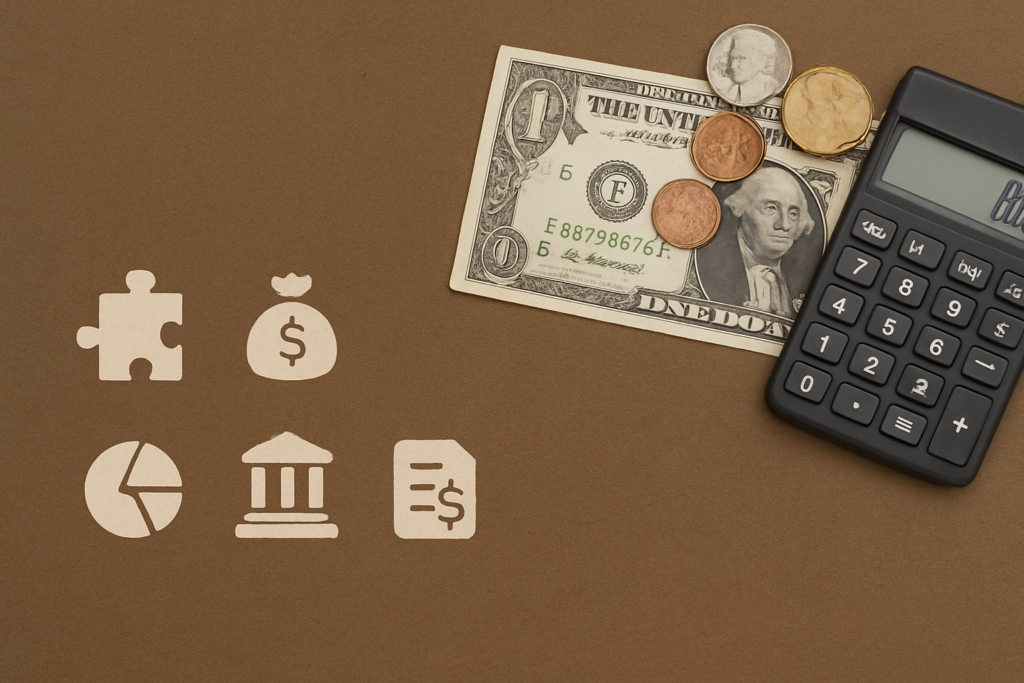Lease-to-Own vs. Traditional Loans: What’s Best for Your Fleet?

When it comes to acquiring trucks, trailers, or heavy equipment, business owners often face a key question:
Should I finance with a traditional loan, or lease-to-own?
While both options can get you behind the wheel or onto the job site, the long-term impact on your cash flow, tax position, and operational flexibility can vary significantly.
At Blue Capital Equipment Finance and Leasing, we’ve helped hundreds of Canadian businesses grow using the right structure for their unique needs. This article breaks down the key differences between traditional loans and lease-to-own financing, and when each approach makes the most sense.
1. Understanding the Basics
Traditional Equipment Loan:
You borrow a lump sum from a lender to purchase the equipment outright. You own the asset immediately and repay the loan in monthly installments, typically over 3–7 years.
Lease-to-Own Financing:
You lease the equipment for a fixed period, with the option to purchase it at the end — usually for $1 or a nominal fee. It's like renting with the intention of buying.
2. Cash Flow Comparison
One of the biggest considerations for business owners is how each option affects day-to-day cash flow.
Blue Capital Equipment Finance and Leasing offers low or zero down lease-to-own plans, allowing you to keep cash available for fuel, payroll, and unexpected repairs — all without compromising your growth.
3. Flexibility & Risk Management
When markets are uncertain or jobs fluctuate, flexibility is critical. Leasing offers a layer of built-in protection:
- Avoid Long-Term Commitment: Not sure if you'll need the equipment long-term? Leasing gives you time to evaluate before owning.
- Upgrade Options: Want to switch to newer equipment every few years? Leasing keeps your fleet current.
- Seasonal Use: Lease structures can align with busy seasons, making them ideal for agriculture, landscaping, or construction.
Loans, while offering immediate ownership, can lock you into a payment structure even if your equipment becomes obsolete or underutilized.
4. Tax Implications
Always consult your accountant, but here's a general rule of thumb in Canada:
- Loan Interest + Depreciation are usually deductible
- Lease Payments are often 100% deductible as an operating expense
This means lease-to-own payments from Blue Capital Equipment Finance and Leasing may offer a cleaner deduction — especially for businesses managing multiple assets.
5. Credit Considerations
If your business has less-than-perfect credit, traditional banks may view you as high-risk. But at Blue Capital Equipment Finance and Leasing, we consider:
- Overall business performance
- Contract opportunities
- Equipment type and resale value
- Down payment ability
- Time in business
That’s why many clients who are denied traditional loans find success with a lease-to-own structure instead.
6. Ownership Goals
If owning the equipment is a top priority from day one (e.g., for resale or collateral purposes), a loan may make sense. But if your main goal is using the equipment profitably, a lease-to-own plan may offer better returns.
Ask yourself:
- Do I care about owning the asset now, or just accessing it affordably?
- Will I need newer or different equipment in 2–3 years?
- Can I handle maintenance and depreciation costs myself?
Leasing delays ownership — and the costs that come with it — until your business is in a stronger financial position.
7. Real-World Example: Flatbed Trailer Acquisition
Scenario A – Traditional Loan:
A BC-based logistics company buys a $60,000 trailer using a bank loan with 20% down. Monthly payments are $1,250. Capital is locked up and depreciation is slow.
Scenario B – Lease-to-Own (via Blue Capital):
Same trailer, leased with $0 down. Monthly payments are $950 for 48 months. Business preserves capital, deducts payments, and exercises a $1 buyout at the end.
Result? Both paths lead to ownership, but one is far more cash-flow friendly.
8. When to Choose Each Option
Choose Lease-to-Own When:
- You need low upfront costs
- You're unsure about long-term use
- You want to upgrade often
- You prefer full tax write-offs
- You need fast approvals
Choose Traditional Loan When:
- You want to own from day one
- You're confident the asset will be used long-term
- You want to use the asset as collateral immediately
- You qualify for a low bank interest rate
Conclusion: Choose the Right Tool for the Job
At Blue Capital Equipment Finance and Leasing, we don’t believe in one-size-fits-all financing. Whether lease-to-own or traditional loan is right for you depends on your industry, seasonality, cash flow, and long-term plans.
Our team works with you to structure financing that supports your goals — not just today, but over the life of your business.


